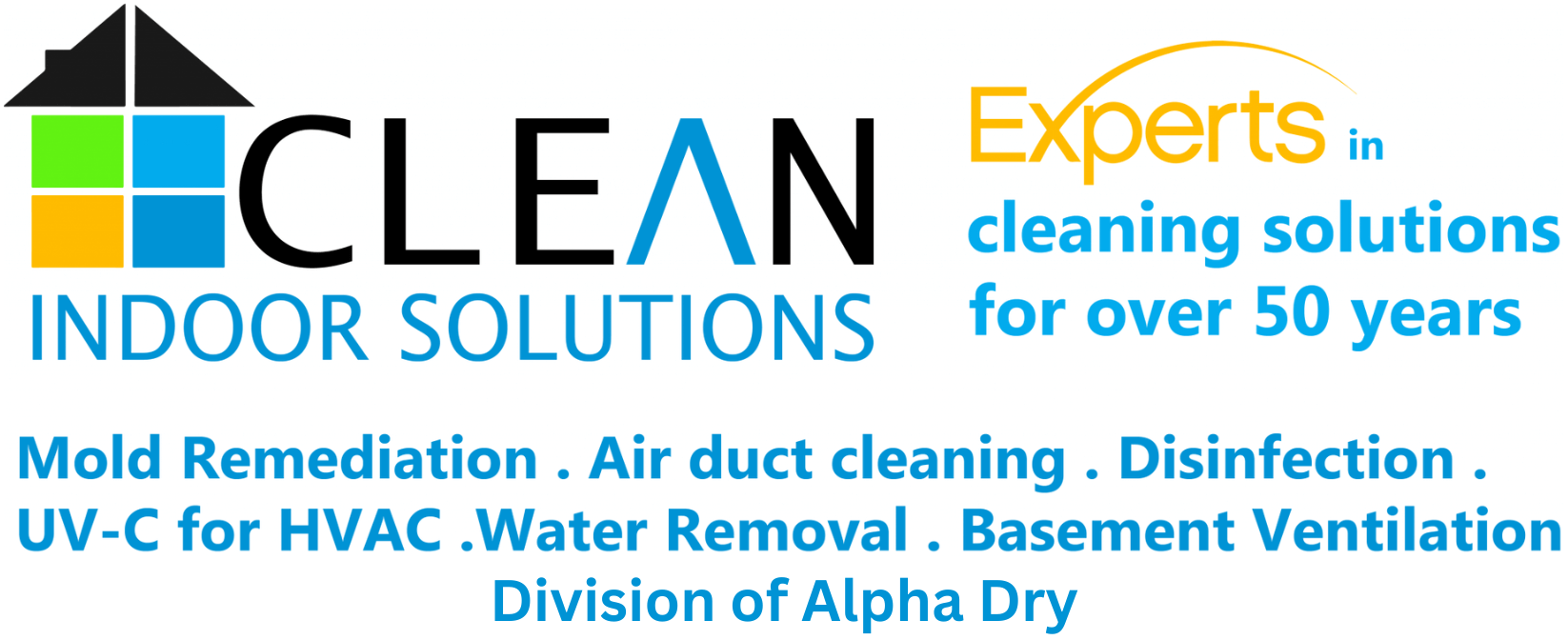What is Water Damage Restoration?
Water restoration is a specialized service that removes water from your home and restores it to a livable, pre-damaged condition. Restoring a home after a water damage emergency must happen quickly. Standing water and moisture create a perfect environment for bacteria and mold growth. Exposure to a water-damaged environment can result in allergic reactions, illness and other adverse health effects.
Water cleanup can be a challenging task, and it’s not as simple as drying off visible water. Many materials in the home are porous, allowing them to absorb water deep beneath the surface. The level of restoration required depends on the class and category of water destruction that occurred and can range from simple vacuuming and drying to complete reconstruction projects. In some cases, materials like carpeting, fiberfill insulation and drywall may be destroyed beyond repair and require removal. But even when these porous materials appear to be dry, they can still harbor mold and bacteria that will grow into more significant problems if they are ignored.
The Water Restoration Process
After a water damage event such as a burst pipe, water heater or flood damage, a fast response in starting the restoration is critical. Water restoration is a five-step process that starts with an inspection and ends with your home completely restored to its previous state. Every step of the process serves an important purpose, ensuring that all water and contaminants are properly removed.
Water Restoration Steps
After a water damage event such as a burst pipe, water heater or flood damage, a fast response in starting the restoration is critical. Water restoration is a five-step process that starts with an inspection and ends with your home completely restored to its previous state. Every step of the process serves an important purpose, ensuring that all water and contaminants are properly removed.
Step 1: Inspection and Assessment
Restoration companies perform a thorough damage assessment of the location of the damage. During this inspection, a water restoration specialist will make assessments to categorize and classify the damage that has occurred Water restoration experts will check the materials’ porosity in the impacted area to determine how much water absorption has occurred. Moisture detectors, including hygrometers and moisture scourers, will measure the level of damage and estimate the amount of work required. Based on the findings, they will rate the damage from Class 1 to 4.
Water damage inspectors will also identify the water source to ensure the water has stopped and determine the contamination level of the water. The water will then be rated Category 1, 2 or 3. After an inspection has occurred, the water restoration company will tell you the approximate time and costs required to restore your home, as well as payment options.
Step 2: Water Removal
The next step in the restoration process is to remove standing water via water extraction. Standing water can deteriorate and continue to damage your home, so all it must be removed as quickly as possible. Water extraction is especially important when dealing with a flooded basement as standing water in the basement leads to severe mold growth. Water restoration companies use extractors to remove water during the extraction process. These high-powered pumps and vacuums are designed to absorb all standing and surface water from your home quickly.
Several different types of extractors may be used to remove water, including:
- Submersible pumps
- Truck-mounted vacuums
- Portable wet/dry vacuums
After the standing water is extracted, additional inspections may occur to determine the remaining moisture levels and identify whether the carpeting or hardwood floors need to be removed.
Step 3: Drying and Dehumidifying
After the water is physically extracted from the home, restoration companies begin the dehumidification and drying process. Industrial quality air movers and dehumidifiers are used to dry out any materials that still contain water or were too challenging to access during extraction.
At this stage, your home may look dry, but some materials can be wet to the touch. If left alone, these materials may suffer further damage such as warping, breaking or growing mold. Water restoration companies prevent this by completely drying and dehumidifying the impacted area. Throughout this stage, water remediation specialists monitor moisture levels in the walls and floors of the affected areas to determine when your home is dry so that professional cleaning can begin.
Step 4: Cleaning and Sanitizing
Thorough, professional cleaning is a required step in all home restoration projects. At the same time, restoration companies work to preserve as much of your personal property as possible. Cleaning should always be performed by experts trained in the safety and sanitization requirements of water-damaged homes.
Cleaning may take many forms, including:
- Spray and wipe cleaning
- Dry cleaning
- Wet cleaning
Restoration professionals may also use foam, abrasive or immersion cleaning techniques to ensure every item is cleaned as thoroughly as possible. This step may also involve mold remediation as necessary.
Experts have specialized personal protective equipment (PPE) for cleaning potentially hazardous materials, including N-96 respirators, protective gloves and waterproof clothing. At this stage, restoration specialists also dispose of any damaged materials that were removed during the cleaning phase.
Plant based products can be use around children and pets
Prove results with our highly-effective treatments
No obligation property consultation
EPA guideline practices
Expertly-trained representatives
Who We Serve
- Home Owners
- Real Estate
- Property Managers
- Environmental Specialists
- Home Inspectors
- Healthcare Professionals
- Home Owners
- Real Estate
- Property Managers
- Environmental Specialists
- Home Inspectors
- Healthcare Professionals
